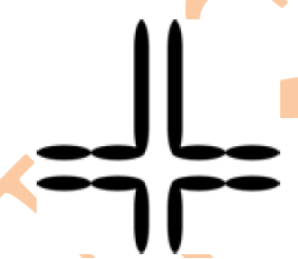#Question id: 2244
#Unit 2. Cellular Organization
Arrange the statements below in the proper sequence of events that occur in an action potential:
I. The resting potential is re-established.
II. A stimulus depolarizes the membrane to threshold.
III. Na+ gates open and Na+ rushes into the cell.
IV. K+ gates open and K+ rushes out of the cell.
#Question id: 2245
#Unit 2. Cellular Organization
Which of these statements is generally true of integral membrane proteins?
#Question id: 2246
#Unit 2. Cellular Organization
Which of the following statements describe(s) the typical biomembrane?
a. It may include different types of lipid molecules.
b. The lipid molecules in the membrane are attached to each other though covalent bonds.
c. All lipids and proteins in the biomembrane are equally mobile.
d. It contains a hydrophilic core.
e. It has a cytosolic face and an exoplasmic face.
#Question id: 2247
#Unit 2. Cellular Organization
When computing the osmotic pressure that must be placed across the membrane to stop the flow of water, what is the glucose osmotic equivalent of 1 M CaCl2?
#Question id: 2248
#Unit 2. Cellular Organization
The movement of Na+ ions into an animal cell
a. has a positive ΔG value.
b. is energetically favorable.
c. is chemically favorable.
d. drives the export of Ca2+ in muscle cells.
#Question id: 2249
#Unit 2. Cellular Organization
In intestinal lumen epithelial cells, which of the following occurs by passive transport?
a. import of Na+ on the apical side
b. export of Na+ on the basal side
c. import of glucose on the apical side
d. export of glucose on the basal side

